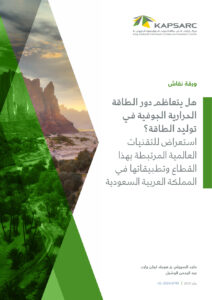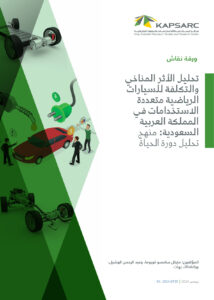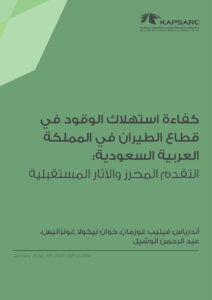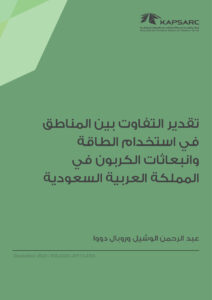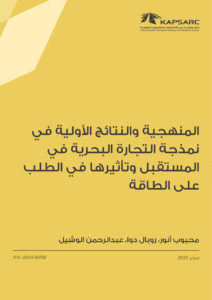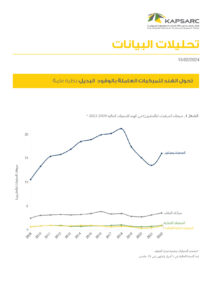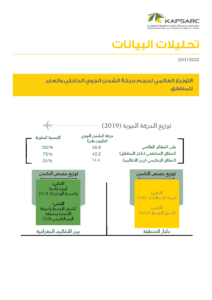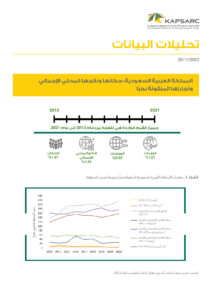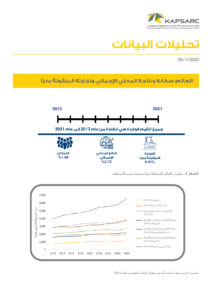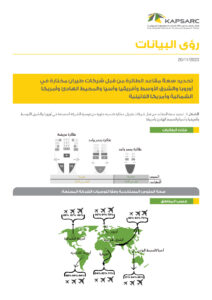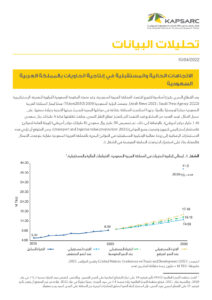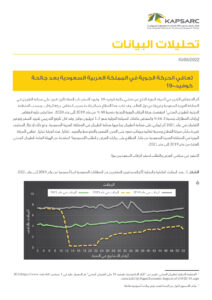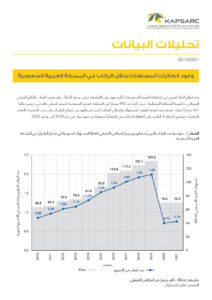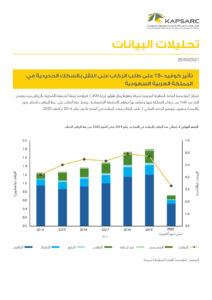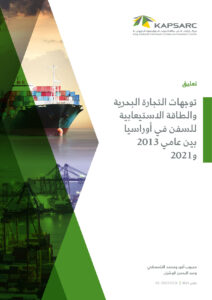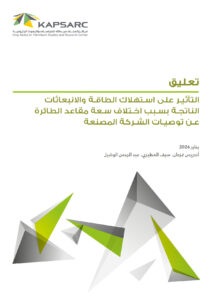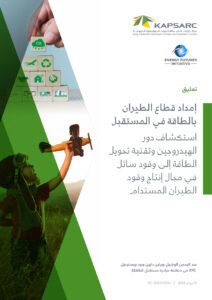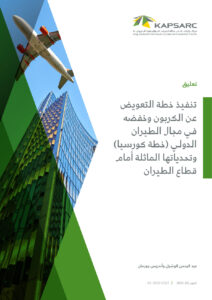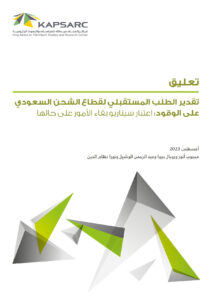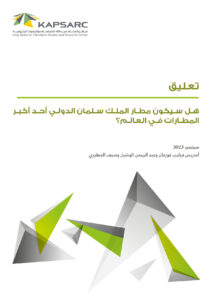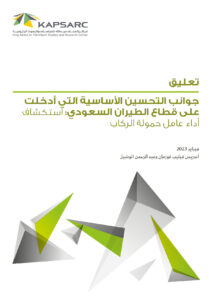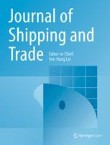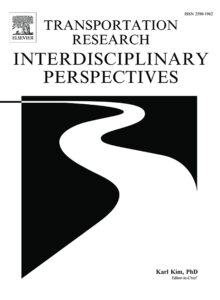يشغل عبد الرحمن منصب قائد بحوث في برنامج النقل والبنية التحتية في مركز الملك عبدالله للدراسات والبحوث البترولية (كابسارك). وقد عمل قبل انضمامه إلى كابسارك محاضرًا في كلية الهندسة في جامعة الإمام محمد بن سعود. وعمل مهندسًا للمرور في مشروع مترو الرياض. تتركز اهتماماته في نمذجة الطلب على النقل، والنقل الجوي، وتحليل دورة الحياة، والوقود البديل، والطلب على الطاقة. وهو حاصل على درجة الماجستير في الهندسة وتخطيط النقل، ودرجة البكالوريوس في الهندسة المدنية.
Future Seaborne Exports and Their Impacts on Bunker Energy Demand: An Estimation of Saudi Container Seaports
Seaports are crucial for facilitating maritime trade and integrating countries into the global economy. Understanding port business dynamics, including trade and the impact on bunker energy demand, is essential for a nation’s competitiveness. Saudi Arabia’s ports are strategically situated at an advantageous location that connects Asia, Africa, and Europe. It is important to study current and future trade and investigate their implications for bunker energy demand. This study used data covering the period from 1991 to 2021 and employed a fixed effects linear model with an autoregressive disturbance to estimate outliers and detect breaks to estimate the compound annual growth rates (CAGRs) of exports. The results provide a rough estimation of future exports from Saudi container ports and the corresponding bunker energy demand up to 2040. We used energy intensity figures and the average export distance between Saudi Arabia and its trading partners for energy estimation. As of 2021, the estimated energy demand was about 28,000 barrels of oil equivalent per day (Kboe/d). Using 2021 as the baseline year, bunker energy demand is expected to increase to 45 Kboe/d by 2040 under the medium growth scenario, with Jeddah and King Abdullah Port (KAP) accounting for approximately 61% of the total demand.
22nd مايو 2025
